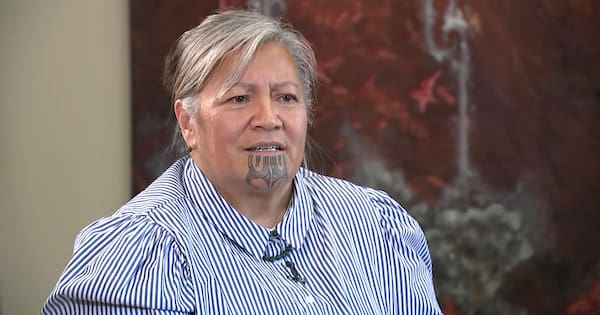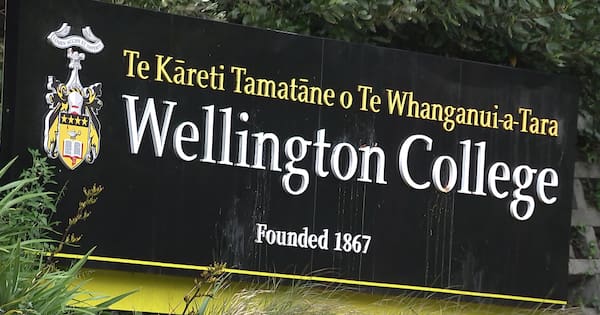Only a small number of people applying for home loans are being turned away – and usually there is a way to get them across the line in future, brokers and banks say.
Loan Market adviser Karen Tatterson said she would normally talk to clients before she set up a meeting to understand their financial situation and whether they were in a position to go ahead with a home loan application.
She said in 80-90% of cases, people were able to apply.
“If they are not then I would normally undertake some planning with them and set out a pathway to get them in that position.”
That might include setting savings goals and a timeline to get to the point where they would qualify for a home loan.
“I would then agree to a check in in a nominated timeframe – say three months or six months depending on their circumstances and agree to touch base with them again for a review. I often do a periodic check in to see how they are going with their plan.
“Ironically, most people I see or speak to are actually ready to buy. They are more often than not seeking an understanding of and support through the approval process.”
There was $4.6 billion in new lending for property purchases in June across 7700 borrowers.
At Squirrel, chief executive David Cunningham said fewer than 5% of applications for a home loan were declined.
“An adviser has multiple options so that would likely be materially lower than for a bank. Also, low-quality deals would be less likely to be submitted by a broker.”
He said people were sometimes told to reduce or eliminate their personal debt and buy now pay later, and build their savings.
Westpac said when an application did not meet its criteria, the bank tried to work with the customer on ways to improve their chances of success in future.
“Therefore, while we can’t give an exact number of customers who aren’t approved for lending, the vast majority are ultimately approved. The most common reasons home loan applications may initially not be approved are that the customer does not have enough deposit, or doesn’t meet our serviceability criteria to repay the loan.”
BNZ general manager of home lending product James Leydon said the number of applications turned down was low.
“We understand how stressful buying a home can be and we want to make sure the experience is as smooth as possible. This includes letting customers know what
Their likelihood of being able to secure a home loan is, prior to any paperwork or formal application process kicks off.
“Having an in-depth conversation upfront prior ensures our home loan partners not only understand the customers’ situation at the time of enquiry but also enables them to make suggestions on how a customer can improve their financial situation and secure a pathway to home ownership.”
Glen McLeod, head of Link Advisory, said most people he met were eligible to apply, even if they first believed they were not.
“When we assess their situation, we explore a wide range of low-deposit purchase options, including support through Kāinga Ora’s First Home Partner and the First Home Loan scheme. These initiatives are designed to help first-home buyers with smaller deposits enter the market.
“It’s also possible to secure a loan of up to 90% of the property’s value through several banks, especially when clients have a live deal in place and meet affordability criteria. Some lenders may consider 95% lending under specific conditions, though this is less common and subject to stricter assessment.
“For those just beginning their home ownership journey and who haven’t yet saved a deposit, we work closely with them to build a plan. This includes strategies to grow their deposit, improve financial habits, and assess affordability. In these cases, it’s rarely a ‘no’-more often, it’s a ‘not yet’.”
He said sometimes people could be approved with help from family.
“Ultimately, fewer than 5% of the people I speak with are unable to move forward. That means for the vast majority, there is a way-and we’re here to help them find it.”
What do you need?
Income
The income you need to be able to buy a house depends on your circumstances – banks look at things like whether you have kids, how many cars you’re running and what other financial commitments you have. As a general indicator, a couple with a joint income of $150,000, two children and two cars might be able to borrow about $900,000.
You’d need an income of about $102,000 in that scenario to borrow $500,000.
Deposit
You generally can get a loan with a deposit of 10%, although it helps if you have a deal already signed with a seller (with a finance condition). If you’re a couple earning less than $150,000 a year, a First Home Loan could be an option – this can mean you only need a 5% deposit.
Debt
Cunningham said it was common to see people with $20,000, $30,000 or $40,000 of debt. But he said it was a problem when the required repayments reduced the amount of income people had available to service the loan.
People were often advised to focus hard on paying off debt before they submitted their application. “It might be that you have a flasher can than you need so you might think about trading down.”
He said a $5000 credit card debt might not be an issue but when there were three or four loans, it could become a problem. “The big thing is what is the repayment
That’s a deduction from their income.”
Buy now pay later could be a headache, too, he said. “For people looking to buy a house, it’s not a good idea to use.”
Decent credit
Cunningham said banks would also want to see a good credit history.
If the applicant had defaulted on a debt or was frequently behind on their bills, it mighrt make it harder to get approval. It helped if there was a good explanation for why it had happened, he said.
As part of the process, the lender or borrower would run a credit check that was “very comprehensive”, he said.
“Make sure you’re taking care of all your bills and if there’s something missed, make it up as soon as possible.”
rnz.co.nz









